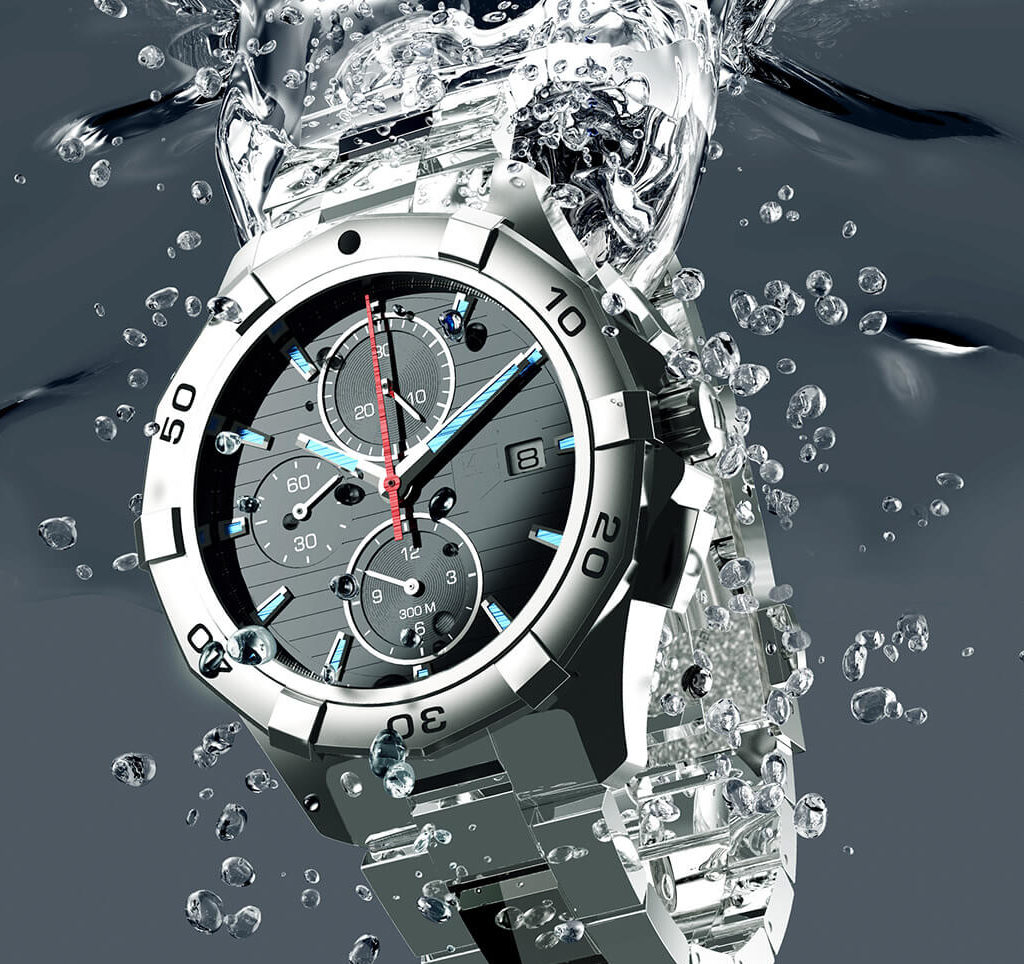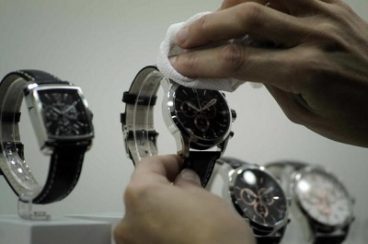"Our Passion for Excellence is Reflected in Every Watch and Clock Repairs. That is Why We Do What We Do."
About Us
Call us today on (08) 9226 5858 to discuss your watch repair or clock servicing requirements.
Monday closed until further notice.
Open Tuesday to Friday 8:30am – 4:00pm.
Saturday and Sunday closed.
Located conveniently on Hay Street in West Perth, we offer a professional watch and clock repair service. From batteries and band replacements to full restorations, for all brands and all models.
Timecraft Watch and Clock Repairs is a West Australian, family operated business. Peter and Steven are trade certified watchmakers, with a combined experience that exceeds 45 years. Our passion for excellence is reflected in every watch repair or clock repair we do, no matter how big or small. You can be assured your precious timepieces will receive our total attention to detail and care.
Mechanical Watches
Time keeping of a mechanical watch is not as accurate as an everyday, battery operated quartz watch. An average tolerance of -10 to +20 seconds a day is to be expected from standard mechanical watches, and a -4 to +6 second tolerance is to be expected from Swiss chronometers. When setting your watch and testing accuracy, always compare your watch to the same reference point where you set the time from. The general rule for mechanical watches is that the user should expect to make an adjustment to the time at least once a month.
Non-automatic watches should be wound daily. When fully wound most watches will have an average power reserve of 36 to 40 hours. In an automatic watch, the power reserve is generated by a motion driven rotor which is linked to the wearers’ activity. 10 to 12 hours of active wear will generate over 20 hours of operational reserve, which will ensure the watch will run throughout the night. If an automatic watch has not been worn actively for several days it will stop altogether.
Over time the oils that lubricate the movement may begin to congeal, dirt and moisture will penetrate through ageing seals and the movement will struggle to perform accurately. It is recommended every 3-5 years an overhaul be carried out to ensure reliability, accuracy and minimize wear on the movement.
An overhaul includes complete disassembly of the movement, every component is thoroughly cleaned, re-lubricated and reassembled. Any components which are found to have signs of wear are replaced, followed by demagnetisation and thorough testing to ensure the movement runs as accurately as possible. The watch case will be cleaned and have replacement seals and gaskets fitted, as well as a pressure test.
The watch case band will also be cleaned to minimise wear.
Water Resistance
There is much confusion about what the depth rating on a watch actually refers to. The depth rating refers to the testing done on a brand new watch under laboratory conditions. For example a rating of 30m does not mean you can take your watch to a depth of 30 meters in the ocean. Watches manufactured to meet the minimal 30m standard typically have poor quality components, inadequate gaskets and cemented or glued glasses. They may have met the minimal standard when new in the factory, but will fail to meet the standard once they have been in service for a year or so.
Depth Rating
‘Water Resistant’ or 30m
50m
100m-200m
300m+
Suitability
Splash/rain resistant. NOT suitable for swimming.
Suitable for pool swimming and fishing.
Suitable for ocean/pool swimming and water sports.
Deep sea and saturation diving
During a pressure test the watch case will be dismantled and cleaned, a full set of replacement seals and gaskets fitted, as well as water resistance testing. The watch band will also be cleaned to minimise wear.
Quartz Watches
The battery operated quartz watch is the most common timepiece available in today’s market. A good quality quartz watch will serve its purpose well, as an everyday workhorse. Governed by a pre-programmed circuit, the quartz watch is very accurate.
Battery life in a common quartz watch is approximately 2 years, however cheaply imported watches may not achieve this. Chronograph or multifunction watches may drain the battery quicker, depending on their use. As referenced in most instruction booklets provided along with new watches, any quartz watches displaying a depth rating e.g. ‘100m’ should be tested for water resistance with each battery change.
Over time the oils that lubricate the movement may begin to congeal, dirt and moisture will penetrate through ageing seals and the movement will struggle to perform accurately. It is recommended every 5-7 years an overhaul be carried out to ensure reliability and accuracy.
An overhaul includes complete disassembly of the movement, every component is thoroughly cleaned,
lubricated and reassembled. Any components which are found to have signs of wear are replaced. A new battery is fitted. The watch case will be cleaned and have replacement seals or gaskets fitted as well as a pressure test. The watch case band will also be cleaned to minimise wear.
Daily Precautions
Water resistant watches are not designed for use in heated water as it will weaken the seals and moisture will enter the watch. If condensation
appears on the back of the glass, it is best to take the watch in for repairs immediately, rather than attempt to dry the watch out yourself. If any
moisture is left in the movement, it will eventually rust.
If available, the screw lock crown should be secured at all times to provide additional protection against moisture and dirt/dust. In most cases
water resistance cannot be guaranteed if the crown is not secured.
Some leather bands are not suitable for use in water and can fade or perish. A leather conditioning product can extend the life of a leather band.
Strong or excessive perfumes will cause leather bands and gold plated metals to deteriorate. Even with some grades of steel, the smell of some
perfumes cannot be removed.
If a quartz watch has stopped and been left dormant for an extended period of time, a battery leak is likely to occur. The residue that can leak
from an old battery will eat away the insulator, battery terminals and may even cause the circuit to corrode.
Some vintage watches were manufactured to be fitted with a mercury based battery. Due to environmental concerns, these batteries are
no longer in production. Only a silver oxide battery can be fitted to these types of watches.
It is safe to do this however, due to power consumption differences the silver oxide battery will not last as long as the original mercury
battery would have done originally. Unfortunately, nothing can be done to rectify this issue as the circuit consumption cannot be altered.
Magnetism
We are all surrounded by magnetic fields. The degree of intensity of these fields varies depending on our environment. If they are particularly strong, they can significantly influence the movement of a watch.
For a mechanical watch, magnetisation can disrupt the watch’s timing element, make the hair spring of the movement stick and the performance of the watch change. If a mechanical watch becomes magnetised, it will require demagnetising & adjusting. It is therefore recommended to avoid magnetic fields or neutralize them. It is difficult to avoid them as they are impossible to see. It is, however, important to know that their main sources are magnets, speakers, telephones, and magnetic closures of refrigerators, cupboards and handbags.
For a quartz or battery operated watch, an intense magnetic field can slow it down a few seconds. However, away from the magnetic field, in most cases the watch will start to function normally again.


